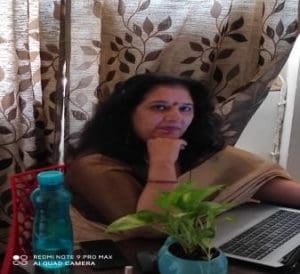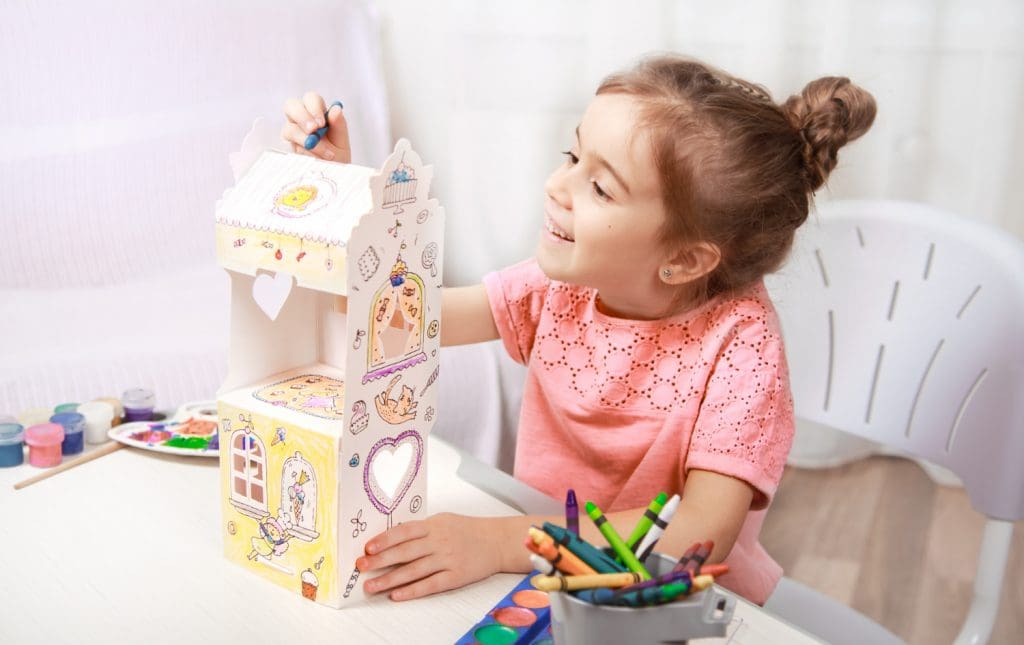By Ms. Anju Saxena
Head – Learning Support Dept

Play and experiential learning along with different stages and types of Play are beautiful natural ways of constructive learning. it is imperative to look at the play from the very beginning in a child’s life. Is it something that one imposes or induces? or it is something that is natural, self-driven and mentored?
How does it help us to learn and why is it important to talk about it?
Babies just open their eyes and start looking outside in the environment they are born in, they start exploring gradually through all their sense organs and the learning starts. They open their eyes and start exploring and learning, is it not natural?
If children are given natural freedom to explore through different stages of learning like the sensory-motor stage and parallel play stage and social and cognition milestones of the same, they will grow by learning at each moment. Play can become a part of their learning in school-going years also, where sometimes the education style is being imposed on a child in a conventional way. It is important for children to learn through natural ways in a constructive way so that the learning can be developed, and they can enjoy the process of learning. Here a significant role of experiential teaching comes in. A teacher is there as a mentor instead of instructing providing them with an environment where lots of independence is provided in a natural surrounding with objects around.
Learners would like to interact with the environment where a mentor is there to handhold and peers are there to collaborate with and they can learn by exploring and experiencing with sand, pots, water, balloons, squeaks, bottle covers, water pipes and everything around and will turn this into reflection-based learning in a constructive way.
As mentors, we can provide them with the right kind of environment and with the right kind of objects natural and designed around them. Let us start talking about children and their body image in a positive manner, how they can learn by experiencing it through the environment and with their own peers. Children were given a space and a swimming pool and mirrors around them and lots of paints, clay, ice cream spoons, colour pens, crayons, pencils. When they were in the pool and also when they were playing around and suddenly look into the mirror or putting paint on each other on different body parts it leads to learning about each one and different body parts like face, hand, legs and one is looking into the mirror and putting it on his or her face or looking into eyes. While looking into the mirror one is looking at him or herself a mentor or parent replies wow how beautiful, amazing, your eyes are so beautiful. In this way, knowledge about body parts will develop with a positive image and children will be motivated and happily move forward with their learning.
He or she is learning about facial features and his or her own image in a positive way so that one can love him or herself or they are learning to appreciate their peers later they reflect through indications or through interactions and their own imaginative drawing that one’s body has different body parts and one can be tall or short. Or how simply how beautiful or nice each one is. They will also learn that they are different from each other but each one has some good things in him or her. They will experience and reflect back on their constructive learning with a positive gesture to themself.
The role of a mentor here can be of providing them with the right environment and hand holding during learning instead of driving them through. Children enjoy these learning experience and they produce something constructive and reflective which may be goal-oriented as per age.
In all, it’s more about the journey of learning and developing each day than a fixed pre-determined destination.


